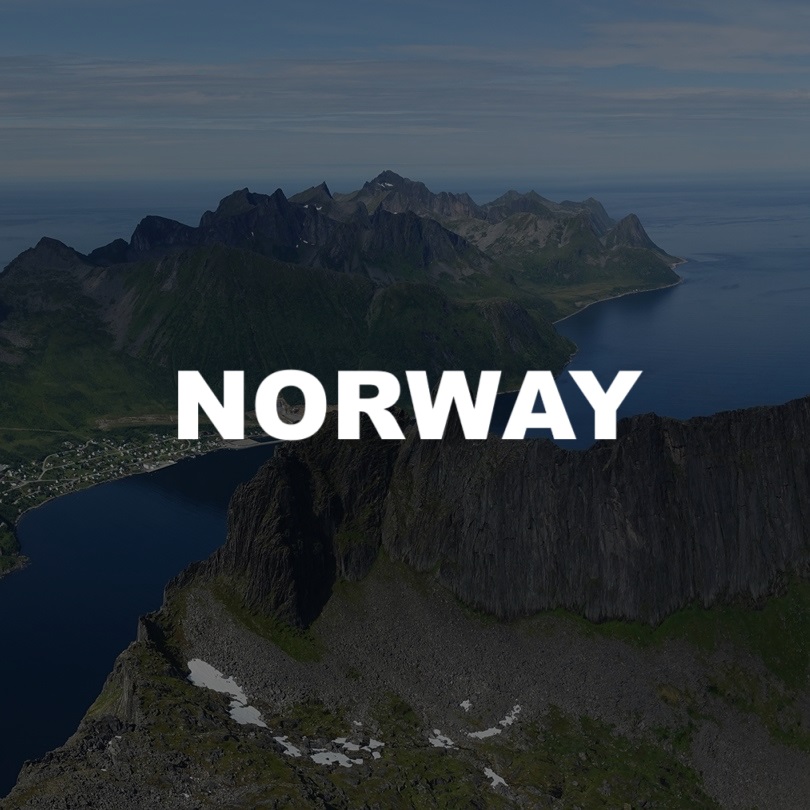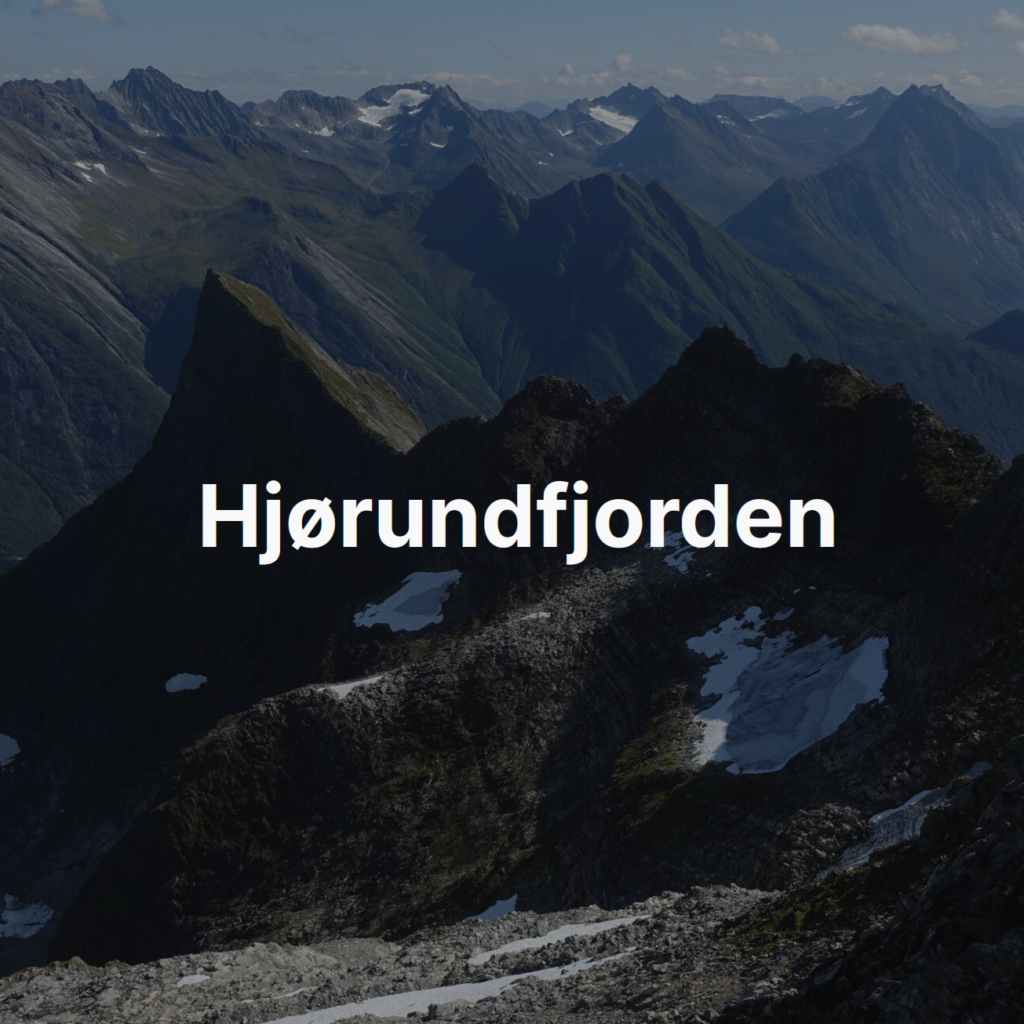
Risør
Coastal Life and Traditional Sailing Techniques
Archive Trip
Trip Overview
4 October – 10 October 2021
Autumn 2021, I had the opportunity to move to my ancestral hometown in Norway to further my outdoor leadership skills through a programme with the University of South Eastern Norway. I was approaching from a very different angle to most, particularly in the international camp. Most of my peers were from a youth education background and this was clearly the direction the programme was taking. In contrast, I was approaching from a leader-amongst-peers direction (The Mountaineers). This clash occasionally created friction, but I think almost everyone had some excellent take-aways from it.
The autumnal programme was split into four trips: canoing, hiking, sailing, and a mixed trip.
The sailing trip was a very different trip to the others. We would establish a fixed campsite on Risøya, a small, lightly developed island on the Agder coast. Because we had a fixed campsite, there was no need to pack carefully, we had real toilet facilities, and even a [cold] shower! Unlike the other trips, we had a fixed programme supplied by the university and were quite reliant on our instructors for direction. Due to the fixed schedule, little planning was required on our end, the most important task was simply dividing up food/cooking responsibilities.
Arrival
Monday, 4 October
The long bus ride to our basecamp was a scenic one. It was interesting to see a very different side of Norway. The low craggy archipelagos of the south coast are very different to the fjords and fjells of the west and north.
After dropping our baggage and setting up two Lavvus (large Sami tent, similar to a tipi), we made out way down to the boatshed to unload our traditional fishing boats. We had an assortment of small two-to-three man boats, two three-to-five man boats, and one large fifteen man boat. After unloading, we rowed them around the sheltered inland side of Risøya to an extremely scenic natural harbour behind our campsite.
After unloading yet more gear, mainly fishing supplies, we got a little more practice with basic rowing. It isn’t a difficult skill, rowing, but it did take a little time to find our coordination and rhythm.
Our stunning natural harbour for the week
Safety Day
Tuesday, 5 October
After the transit and getting basic familiarity with our boats, the first full day was dedicated to learning the fundamentals of sailing and ensuring that everyone was familiar with basic safety. To learn the fundamentals of handling, we learned the correct way to launch and beach, practiced knots, and rigged and de-rigged boats that had been dragged out of the water. All the while, we observed the unfortunate souls who were learning about basic safety – knowing that soon we would be faced with the same fate…
After the basic, and underwhelming, lesson on fundamental handling, we swapped to practicing safety. We had two assignments – the first was to practice both rescuing and being rescued and the second was to practice how to flip a capsized boat. Two boats were out at a time – the boats had masts extended, but without rigging. One observing and the other ‘active’. For the active boat, the first step was the fun step – deliberately capsizing. One of the points of this exercise was to demonstrate just how hard capsizing is – the crew would stand on the gunnels and rock until they flipped. They then swam to the observers boat and were ‘rescued’ (pulled out of the water). When it was my turn, I was in no mood to wait for rescue and pulled myself out. I was promptly told that I needed to jump back in and be pulled out…. I was not impressed. After the rescue exercise, it was time for the chore of flipping the capsized boat. To do this, it was first required to dislodge the mast and push it away. With rigging, this would be extremely difficult, I can’t say it was much easier without though. With the mast removed, we had the difficult task of flipping the boat followed by an absurd amount of bailing.
All in all, we spent roughly half an hour swimming in the very cold water. My bailing speed-record went some way to mitigating the cold, but there is only so much that can be done. Furthermore, everyone wore wool base-layers for the exercise. Given that we were fully submerged, they became absolutely saturated and wouldn’t be fully dry until we returned home. Most of us only had two wool sets, se we had to fester for the rest of the week…
I understand why the safety lesson was important. The practical lesson of flipping the boat had minimal value though. If anyone got into the position of actually capsizing, chances are it would be in conditions not favourable to such a self-rescue.
Intro to Sailing
Wednesday, 6 October
Now that everyone had [very brief] exposure to the basics of sailing and water-safety, it was time to start sailing. We rowed the boats back to the island’s bridge and main harbour. From here, we had a reasonably sized area of very sheltered water to practice our skills. It was quite chaotic, but enjoyable. After a few hours, we sailed the long way around the island, back to our natural harbour. The instructors were hopping (literaly) between boats. When he visited mine, he asked how much wind we thought there was and was shocked when I promptly delivered the response of ‘7 m/s’ – I really am always with the most up to date weather report at the tip of my tounge.
In the evening it was story time! We all gathered on the rocks above the harbour to hear about the Battle of Stamford Bridge and Lofoten cod fishing (no, I don’t know how those are related either).
Coastal Gathering
Thursday, 7 October
The next two days we were split into two groups – one group would have a sailing day on the big boat while the other had a day harvesting coastal food for ourselves. My group started with the coastal foods day. We prearranged to split into different assignments – fishing, seaweed collection, oyster (invasive Pacific species) harvesting, and general foraging. I opted for team fishing. This meant an early morning start to collect the fishing nets and lobsterpots that we had set the previous evening. we didn’t catch much – two half-eaten fish and a couple of crabs. Probably not really even worth the effort it was to extract them from the netting. All part of the experience I suppose though. Afterwards, we set back off to hand-fish – without any luck. The Fishing team was absolutely the right decision – we had a very enjoyable day faffing about on the water. Honestly, it was a highlight of the trip!. Meanwhile, the other groups were having decidedly less fun, particularly the oyster harvesters.
In the afternoon the groups reconvened to prepare our collections. During the pre-trip briefing, we had been told to ‘bring ingredients to prepare gathered food’, but that was the only clarity we had. My group had brought some soup stock, root vegetables, and basic bread dough. From that we made a very watery ‘fish’ soup, whole crab, oysters – both raw and cooked, and seaweed bread. I can’t say that it was the most satisfying meal any of us had eaten. The other group learned from our experience. They were even less prepared with ingredients and were particularly envious of our seaweed bread – they sent a pair to the mainland to buy ingredients from the shops. They managed to bag some small lobsters in the pots, but were forced to return them (strict rules on size etc).
Cultural Excursion
Friday, 8 October
The next day the groups switched and it was my turn to take the ‘big’ boat out for a cruise. The plan was to sail to Lyngør, a village spanning a small cluster of islets a few kilometers off the coast and only accessible by boat, dinner on an uninhabited islet, followed by practice with night-navigation on the return.
We started the morning rowing our way to Lyngør. As it happened, I ended up in the lead rower’s seat and was therefore tasked with setting the rhythm. Given that there were now roughly twelve rowers, rather than two or three, it took some time for everyone to settle in. Entering Lyngør, we were quite popular with the locals! Over lunch, we heard the story of the town.
It is famous for the Battle of Lyngør during the Napoleonic wars where the Royal Navy sunk the final Dano-Norwegian frigate, Najaden. The captain had felt secure, knowing the difficulty of navigating the archipelagos of the Agder coast. Nevertheless, a determined British squadron tracked him down and a woefully unbalanced battle played out between the Dano-Norwegian frigate and the British third-rate Dictator. Najaden retreated into the Lyngør’s narrow harbour straight, assuming the larger British ship would be unable to follow. Unexpectedly, the British captain used his anchor to turn a full broadside, despite running aground. Najaden was dead in the water with broadsides facing the wrong direction – after a 15-minute, unanswered barrage, Najaden’s powder magazine detonated. The brief battle ended Denmark-Norway’s pitiful involvement in the Napoleonic Wars, freeing much needed British naval resources and paving the way for Norway’s independence movement. 200 years later, when the hundreds of thousands of trees the Danish Crown planted to replace the lost fleet matured, they were officially informed by the Norwegian government that their trees were ready. I’m sure they were put to excellent use in the Second Gulf War (rumour has it, technology evolved in the interem and they were put to uses of more cultural value).
In the afternoon, we raised the mast and sailed west, down the coast. Only minor adjustments needed to be made whilst sailing, so it was an excellent opportunity to relax as we watched the coast pass us by. Eventually we landed on a small islet where we looked over the charts to plot our night-time navigation route home. After a campfire-cooked meal, one of the better efforts of the week, we set sail again. Groups of three were each assigned a leg, using the lighthouses/navigation beacons, and we arrived back at camp, deep into the night.
Open Waters
Saturday, 9 October
The final full day of the trip, we graduated from sailing around the sheltered waters of Gjeving’s inland bay. We were to sail across Østregapet to the farthest islet before the open waters of Skagerrak. After a quick briefing, which did little to prepare us, we split up into the various boats and were off.
A pleasant day out, and I particularly enjoyed exploring the islet over lunch. Most of us would have preferred to have more than the quick briefing before undertaking the journey though.
Our natural harbour on the last islet before Skagerrrak
Departure
Sunday, 10 October
The final day was dedicated to breaking camp, cleaning and returning all the boats, and making the bus journey home. I volunteered to row one of the smaller boats back to the boatshed alone. Not only was it nice to have some time alone, but I had a great time chasing down the boats that had left before me… Getting the boats into the shed and prepared for long-storage was a bit of a production though. Everyone quickly learned why port and starboard are used on ships rather than left and right as rowers were continually confused by the directions shouted by those guiding them in. Once in the shed, the boats then had to be manually hauled up a ramp and stored, a process requiring non-trivial effort.
Eventually we made it back to town in the early evening. With the next day filled with debriefing activities and only five days to prepare for our final trip, a ten day hiking and paddling excursion, I was in a mildly irritable mood.
Afterwards
It was a very enjoyable week, but the collective opinion was that there was a lot of room for improvement on the organisational side. Unlike the other trips, we were on a clearly defined schedule determined by the university and were reliant on teaching for the many of the activities. Learning by doing is a very important part of outdoor education, but there are some skills that do require some active instruction first – skills like sailing. As a group, the feedback was that the trip was a real missed opportunity.
I have a few personal take-aways too though:
- I enjoyed the new activity and new change of scenery, but water activities just aren’t my things – I really just don’t like being wet.
- The group focus was a struggle for me. With about 12 people sleeping in each Lavvu and with the only alone time I had being the walk to the bathroom facilities (I often walked there and back just to get away for a few minutes), I was completely overwhelmed. I would have been able to be a much better team member if I had been allowed to take my own tent
Footnote
All photos are exclusive property and may not be copied, downloaded, reproduced, manipulated or used in any way without permission of the photographer.


























